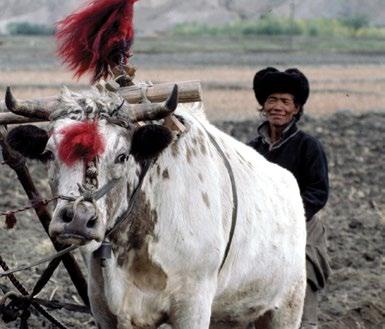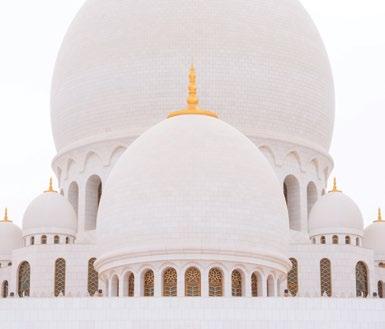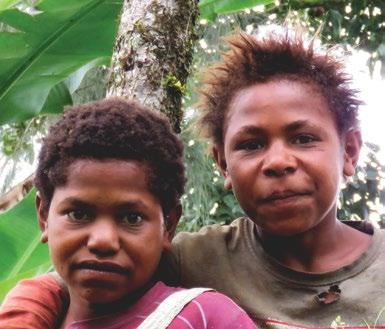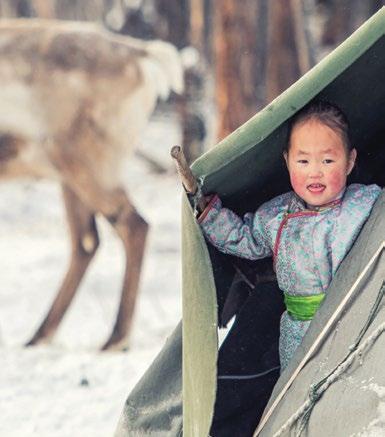
5 minute read
WILDLIFE OF THE EAST
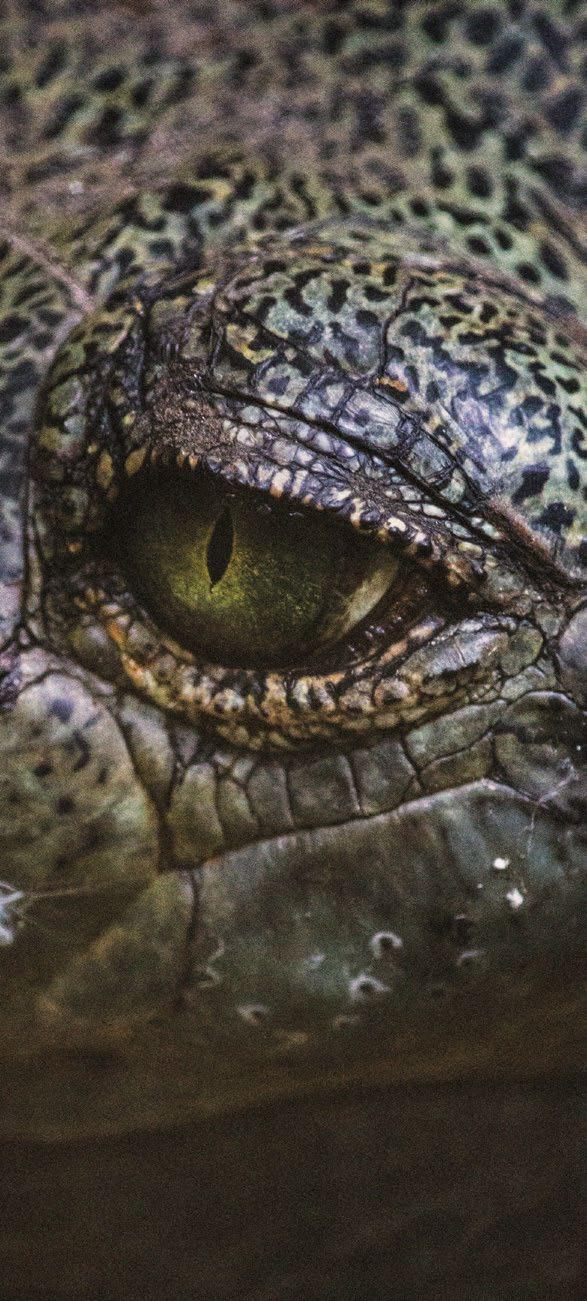
ATJ strongly stands by ethical approaches to wildlife viewing and appreciation, regardless of whether it's in the wild or in sanctuaries. Through our ATJ Foundation, we are committed to programs such as conservation initiatives dedicated to the rescue, research, care and future of the Asian elephant, along with the training and education of their mahouts (elephant handlers.)
Advertisement
An adventure through Asia represents such a wonderful opportunity to not only witness amazing wildlife, but to learn more about these animals while also supporting conservation and educations programs aimed at protecting these creatures and their natural habitats.
The following are some of the amazing wildlife experiences you can enjoy throughout Asia:
INDIA
There’s no shortage of unique wildlife species in India. While the nation’s bustling cities may indicate otherwise, there are a multitude of serene national parks and sanctuaries where wildlife thrives in protected, natural habitats. From the revered Bengal tiger, leopards, elephants, aquatic birds and crocodiles in the famed Nagarhole National Park, to the once nearly extinct one-horned rhinoceros in the Kaziranga National Park, India’s official park systems offer natural reserves and sanctuaries that have protected many species from assured extinction by staving off poaching and logging practices that have decimated local wildlife.
THAILAND
Home to a wide range of unique birds and over 300 mammals.
For a country roughly the same size as California, Thailand packs a bountiful biodiversity punch. Estimated to have more than 10% of all the world’s animals, it is estimated that nearly 300 species of mammal and 925 species of bird reside in the nation.
With so many species of birds, Thailand is naturally a prime destination for bird watching, especially with presence of unique birds of prey, such as the crested serpent eagle and honey-buzzard. Thailand’s more than 100 national parks shelter an abundance of biodiversity. Khao Yai National Park alone is home to tigers, bears, gibbons, snakes, wild elephants and endless marine life. Each national park in Thailand is committed to extensive conservation and preservation efforts aimed at protecting the natural habitat and the precious wildlife within.
LAOS
Given that much of Laos is covered by primary and secondary forest coverage, it’s a natural habitat that is teeming with wildlife. Illegal hunting and wildlife trade have impacted many species, but the government has established 20 national parks that protect nearly 14% of the country’s land. In addition, ecotourism and educated wildlife watchers have had a positive influence on the protection of these habitats and local wildlife. In Laos, unique experiences like gibbon watching in Bokeo Natural Reserve are just the tip of the wildlife iceberg. Wild sightings of leopards, rhinos, bears, giant flying squirrels, Asian elephants, tigers and primates can be observed throughout Laos’s protected wetlands, tropical pine forests and mountainous regions.
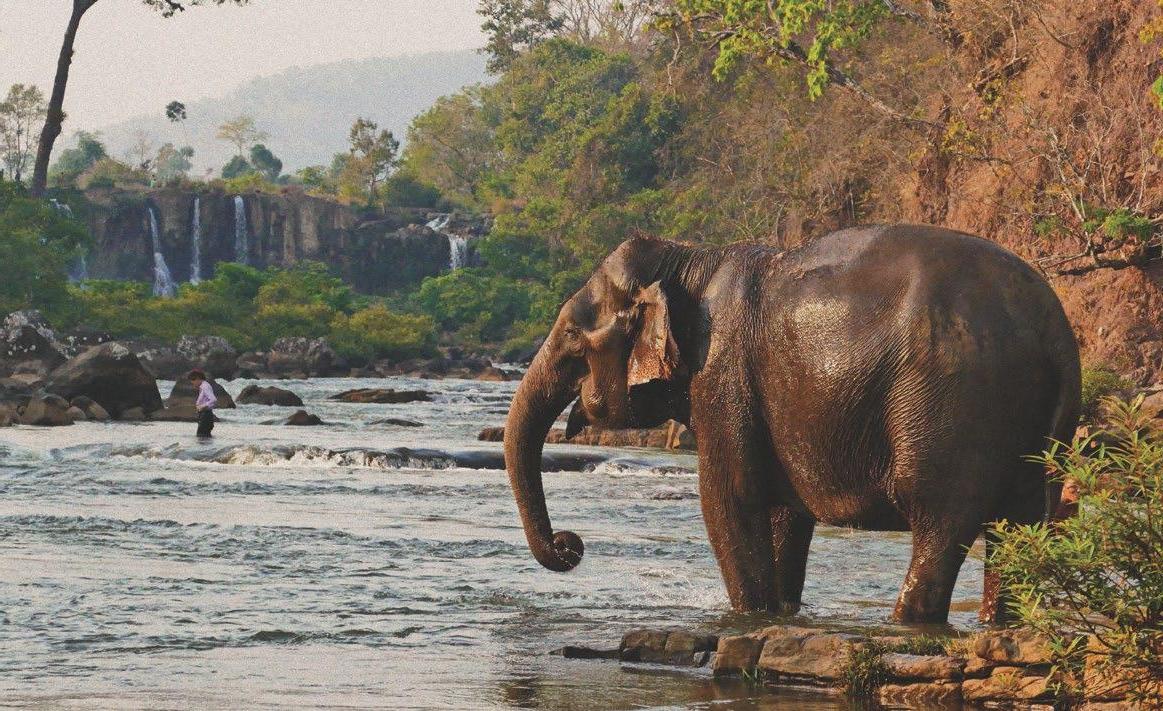
SRI LANKA
Home to sambar deer, buffalo, crocodiles, dolphins, pelicans and flamingos.
Don’t let Sri Lanka’s diminutive size fool you, this island nation is an ideal destination for wildlife, marine-life and bird watchers of all stripes. Sri Lanka also has one of the highest rates of wildlife endemism in the world. The nation is dotted with famous national parks that protect everything from unique bird species, roaming elephants, wild herds of sambar deer, buffalo, crocodiles, pelicans, flamingos, turtles and much more. In Yala National Park alone, the reserve protects the highest concentration of leopards in the world. Being blessed by water on all sides of the nation, a variety of whale and dolphin species can regularly be seen around the island. As a result, whale and dolphin watching expeditions can be a highlight of any journey to Sri Lanka.
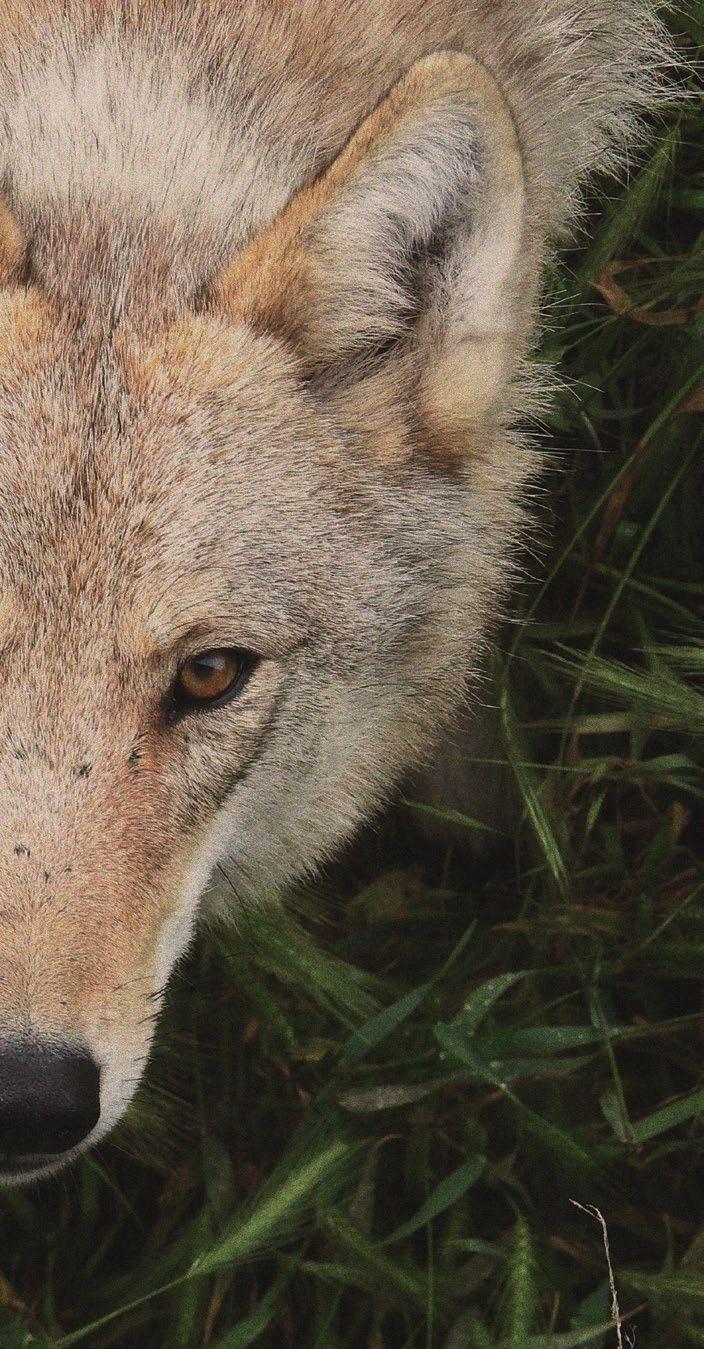
Home to the rare snow leopard, Siberian musk deer and argali.
The diversity of Mongolia’s geography – which includes vast grassy plains, dessert landscapes, mountains and taiga forests – along with the landlocked nation’s relatively sparse population, has contributed to an environment flourishing with wildlife. This animal life includes some very rare species such as the famed snow leopard, Siberian musk deer, the lammergeyer bird of prey and argali (wild mountain sheep.) The Mongolian government has taken stewardship of its natural treasures seriously. Currently, there are 99 nationally protected areas that include national parks, restricted/protected areas and nature reserves. One such protected area, Lake Khovsgol National Park, is considered to be the first national park in the world. Set against glacial landscapes and Taiga forests, the prospect of being near wild ibex, wolves, argali, bears and over 250 bird species makes wildlife spotting quite high.
BORNEO
Home to the orangutans, pygmy elephants and proboscis monkey.
Asia’s largest island, the nation of Borneo, features a biodiverse rainforest that shelters unique wildlife that includes one of the highest concentrations of endemic species – or, species that are not found anywhere else. Exclusive to Borneo are 44 unique species of mammal and 37 species of birds. Due to the isolation of Borneo’s rainforests, some of which remains unexplored, the prospect of discovering new species of wildlife is higher than any where else in the world. Borneo’s Kinabatangan River meanders through lush rainforest cover in the northern part of the country. Here, you’ll find wild orangutans, pygmy elephants, proboscis monkeys, and vibrantly colored tropical birds. Similarly, the Danum Valley Conservation Area and Tabin Wildlife Reserves, renowned for their conservation and research efforts, affords great opportunities to witness birds, primates, Bornean elephants, rhinos, deer, civets and clouded leopards.
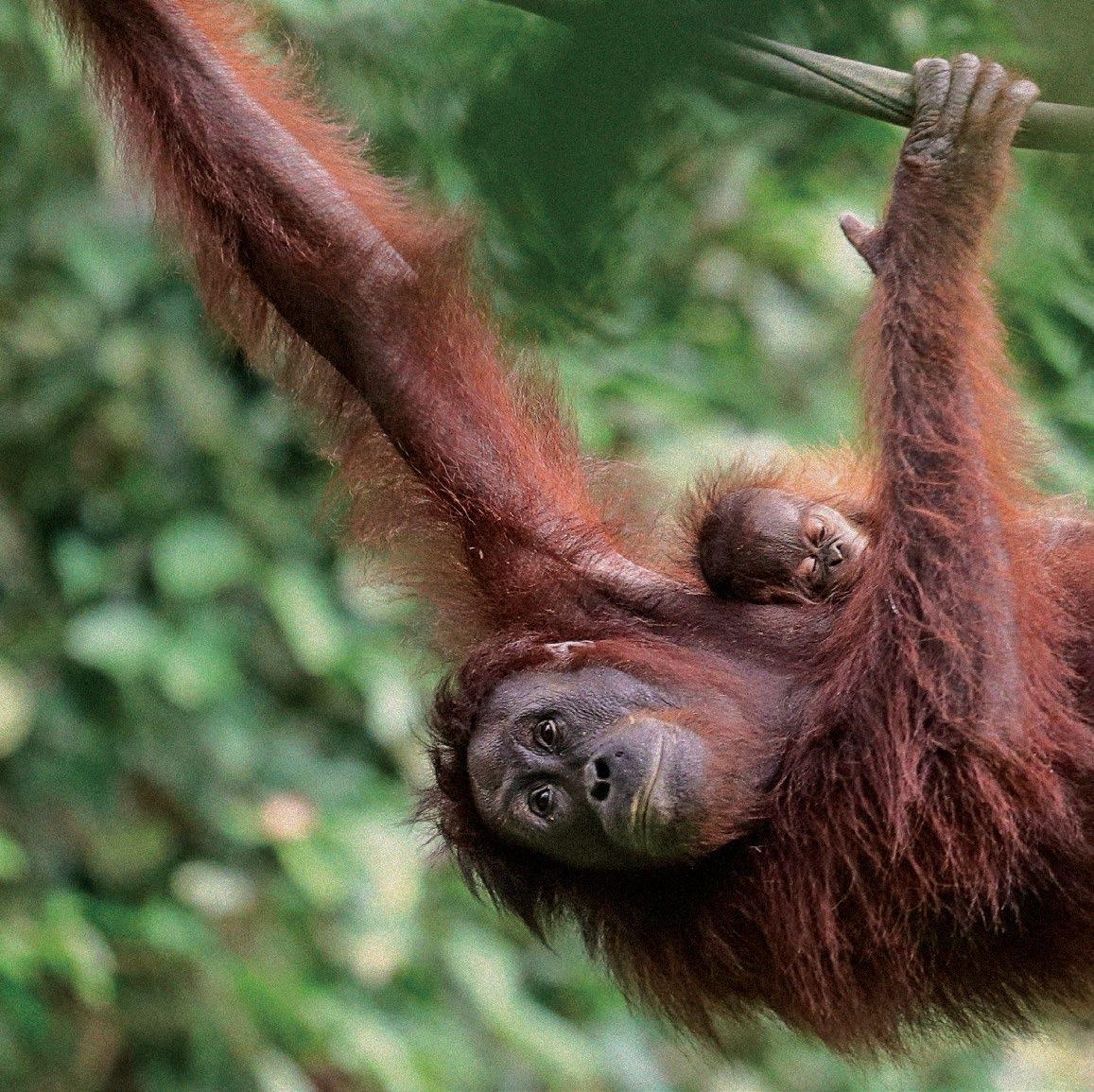
hill tribes
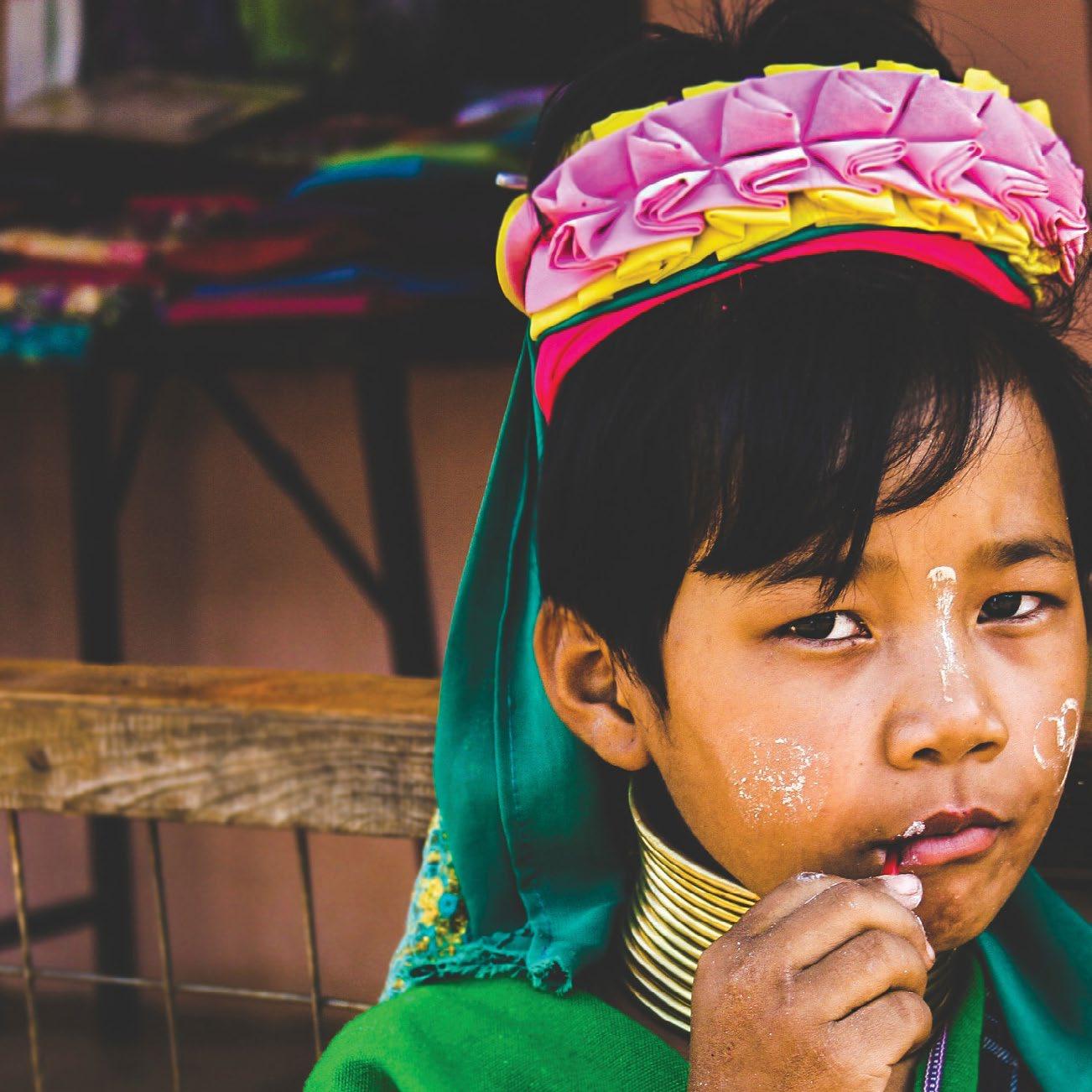
ASIA TRAVEL DESTINATIONS FOR UNIQUE & REMOTE CULTURES
Our modern-day society is largely driven by globalization. As the world seemingly gets smaller and our connections to disparate cultures, whether economically or socially, become increasingly more intertwined, it’s hard to imagine that there are groups of people on the planet that have remained relatively untouched by modern society.




